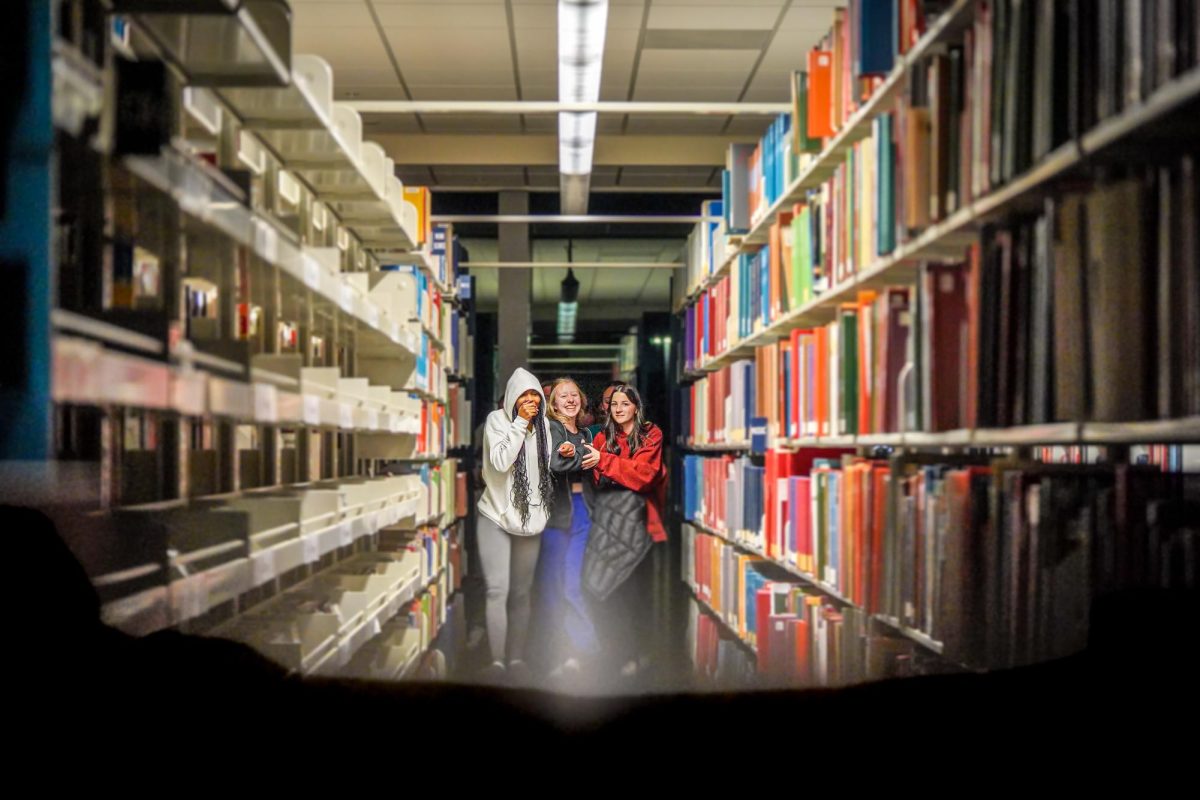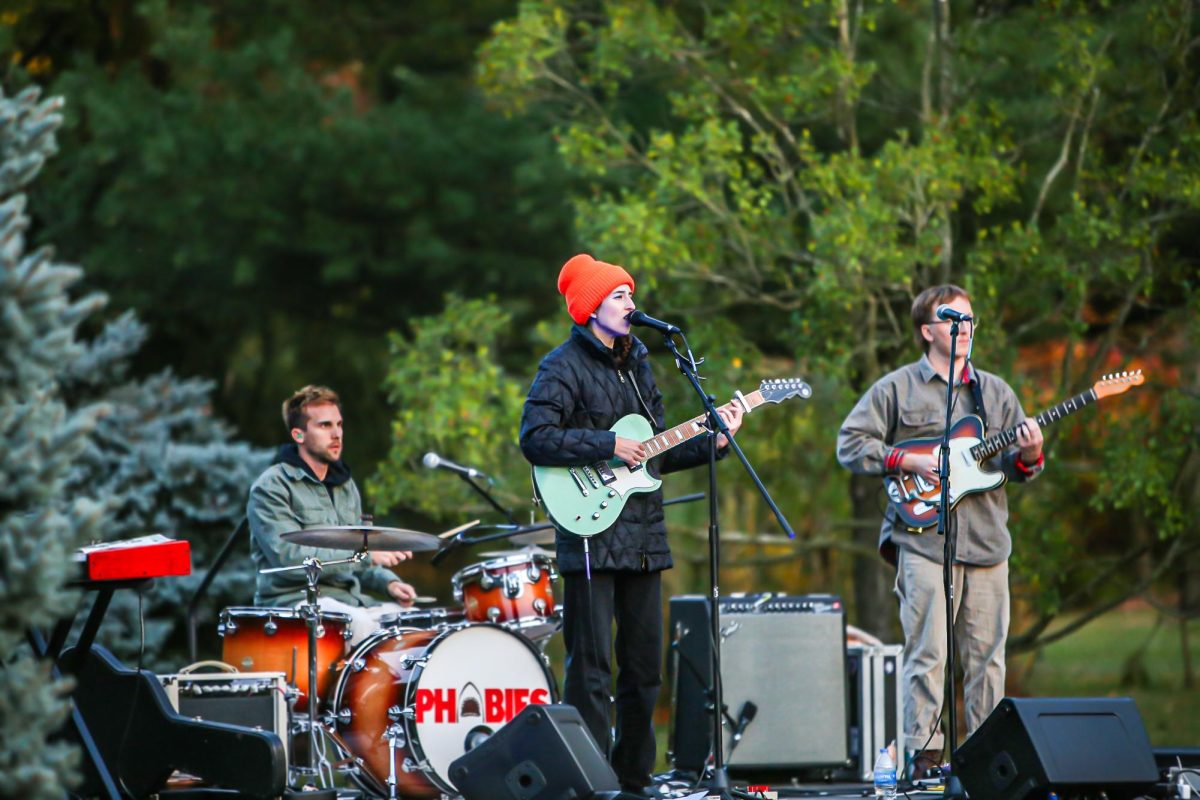Following up
Apr 21, 2017
Headline: Following up
Subhead: Expanded Campus Climate Survey results show commitment to diversity, varying comfort levels
By: Emily Doran
The expanded findings of Grand Valley State University’s 2015 Campus Climate Survey were released to the public Monday, Dec. 5 with data that confirmed and built upon the preliminary results announced in February 2016.
According to the expanded findings report, the campus climate was assessed in terms of individuals’ experiences and perceptions of the campus environment, as well as their “perceptions of and recommendations for institutional actions related to inclusion, equity and campus climate.”
“The idea is to get a sense of how people experience the campus, to really get a rich collection of data that lets us know where things are going well and where things could be improved,” said Andrew Plague, communications and project coordinator for the Division of Inclusion and Equity.
Positive trends and results in the expanded findings include record-high participation in the survey with a 42 percent response rate and a significant percentage of respondents reporting they felt comfortable at GVSU.
“Eighty-seven percent of respondents indicated that they were comfortable or very comfortable at Grand Valley,” Plague said. “That’s a lot better than national averages with similar surveys done at other colleges, but of course, even one person who doesn’t feel comfortable here is a problem.”
According to the report, 77.6 percent of respondents believed GVSU is more “committed to diversity,” whereas only 62 percent of respondents reported the same in the 2005 survey, indicating another positive trend.
Despite these results, the extended findings also revealed areas of discomfort among certain minority groups at GVSU.
“On the less positive side, we do continue to see disparities with certain identity groups on our campus, in particular transgender and gender non-conforming—or gender non-binary—community members, (people) of color, those with disabilities, as well as others that exist within underrepresented communities on our campus,” said Jesse Bernal, vice president of the Division of Inclusion and Equity.
In fact, according to the report, “59 percent of those identifying as transgender and ‘other’ gender reported feeling ‘very comfortable’ or ‘comfortable’” at GVSU, while “75 percent of people of color reported feeling ‘very comfortable’ or ‘comfortable.’”
“Those disparities (are) something that continue to be a concern for us and are something that call us to really just enhance the efforts we have ongoing to create a more inclusive and welcoming environment for all of our community members,” Bernal said.
Another negative trend is the increase in the percentage of respondents who reported experiencing occurrences of hostile, intimidating or offensive behavior. Fourteen percent of respondents indicated experiencing such an instance in the 2015 survey, whereas only 11 percent reported the same in 2011.
“It’s a slight uptick, and that’s cause for concern, but not alarm,” Plague said. “It’s not totally unexpected. Part of what happens is we had such a larger response rate in 2015 than we did in 2011 that you’re just hearing from more people, and that could be part of the increase.”
In addition, 29 percent of faculty and staff reported observing “unjust or unfair hiring practices,” Plague said, compared to 20 percent in 2011.
“Obviously, this data will inform our work, both in the social justice centers and in our other units,” Plague said. “We’ve convened three actions teams. (Each) of those groups is made up of faculty, staff and students from across campus, and we’ve charged them with reviewing the data, working with us to (run) additional analysis, (reviewing) the results we have published and then making recommendations for changes.”
Bernal reiterated these plans for moving forward in light of the expanded findings.
“We are going to continue to get feedback from the campus community,” he said. “We’ll also begin to do more disaggregation of the data for certain identity populations, in particular those who we found had a different experience, or a less positive experience, on our campus.”
Overall, Plague thinks the expanded findings reveal some promising trends, despite the disparities that need to be addressed.
“I do think that Grand Valley is making progress and making real strides toward a truly inclusive and equitable campus,” Plague said. “We’re committed to figuring out how people experience our campus so that we can improve it. (Our) results show a healthy campus climate, but it’s not perfect, and we certainly don’t want to minimize the negative experiences that people had.
“That’s what we need to pay attention to and that’s what will really drive our work, too, as we seek to create a campus where everybody feels welcome and valued with all of their identities.”
For more information about the campus climate, visit www.gvsu.edu/mygvsu.






















